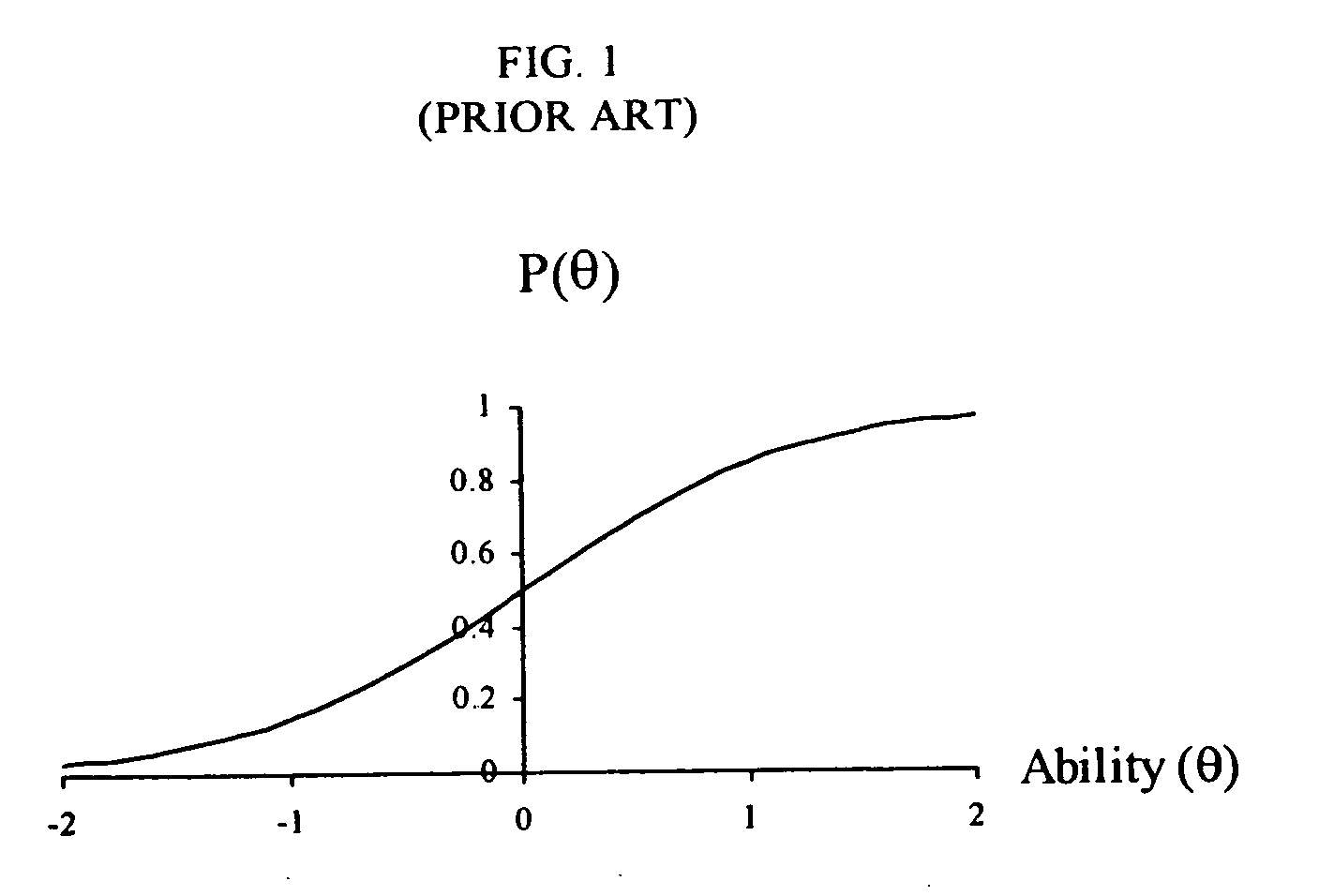They are so distinct from the UM in approach and so ill-suited for practical cognitive diagnoses.
For example, when high positivity holds, an examinee lacking at least one of the required attributes for the item is very likely to get the item wrong.
The need for a new statistical modeling approach in complex, real-world settings A major practical problem often standing in the way of applicable statistical modeling of complex real world settings is that modeling realism demands correspondingly complex and hence many-parameter models while the amount of data available is often not sufficient to support reliable statistical
inference based on such complex models with their many parameters.
But if there were instead 30 parameters in a problem where the number of data points is 400, then the level of uncertainty in the parameter estimates needed to calibrate the model will likely render the model almost useless for the desired statistical
inference.
In many complex settings where appropriate statistical modeling and analysis is needed, an unacceptable dilemma exists.
On the one hand, the limited data available can be used to well calibrate a biased model (an overly simplified model that distorts reality) because there is ample data to accurately estimate its relatively few parameters.
On the other hand, suppose only poor calibration of the four parameters of this model that accurately portrays reality because there is not enough data to well estimate the four
model parameters.
To illustrate, if the true reality is y=5+9x+12x2+4x3, the model is poorly calibrated to be y=3+4x+20x2+2x3 using the limited available data, the calibration is so bad that the calibrated cubic polynomial model will be of no use for doing accurate prediction of y from x even though the reality is well described by a cubic polynomial model.
Under either unacceptable modeling compromise, valid (i.e., using a relatively unbiased and relatively well calibrated model) inferences about the real world setting of interest are simply not possible.
The Bayes approach simply does not allow the
data set to speak entirely for itself when it comes to estimating
model parameters.
A key point in actually carrying out a Bayesian analysis is that computing the integral in the denominator of Equation 4 when ω is
high dimensional (that is, there are many
model parameters) is often difficult to impossible, in which case doing a
Bayesian inference is also difficult to impossible.
Once a Bayesian
statistical model has been developed for the specific setting being modeled, it is tedious but relatively routine to develop an effective MCMC computational procedure to obtain the posterior distribution of the parameters given the data.
The Intractability of Computing the Posterior Distribution in Complex Bayesian
Statistical Analyses as Solved by MCMC As already stated, there is often an enormous practical problem in computing the posterior distribution in complex Bayesian analyses.
For most complex Bayes problems, the computation needed to produce the required posterior distribution of how likely the various possible values of the unknown parameters are involves an intractable multiple integral that is simply far too complex for
direct computation, even with the high speed computing currently available.
But for complex, many-parameter, Bayes models, this independent replications Monte Carlo
simulation approach usually fails to be practical.
These techniques are in fact difficult for a non graph-theoretic expert (as is true of most cognitive diagnostic users) to use effectively.
But this approach is not easy for practitioners to be able to use on their own, for reasons already stated.
In particular, exporting the approach for reliably independent use outside of ETS has been difficult and requires serious training of the user, unlike the Bayes UM methodology of the present invention.
This approach has no completeness, no positivity, no positive correlational structure imposed on the attributes, and its probability of slips distribution is based on some assumptions that seem somewhat unrealistic.
All deterministic approaches have no deep and valid method for avoiding over-fitting the data and thus erroneously conclude attribute masteries and non-masteries where in fact the supporting evidence for such conclusions is weak
Further, these deterministic approaches all have models that are parametrically far too complex to support model calibration using ordinary simply scored test-data.
Although probability modeling approaches have been attempted in
medicine and
psychiatry, probability-based IRT models have not been attempted.
Even though the ability to estimate the conditional probabilities is important for the Bayesian Networks to work, the major impediment remains that many model-simplifying assumptions need to be made in order to make the network statistically tractable, as explained above in the discussion of the Bayes net prior art approach to cognitive diagnosis.
Neural Networks may also build in
random error as well, just not in the formal way
Fuzzy Set Theory does.
Both systems have certain problems that result from the great freedom in the
training phase: over / undertraining, determining the cases (data) to use for training because the more complex the model the more cases needed, determining the number of nodes, and the
accessibility of appropriate data sets that will generalize well.
As discussed above in the cognitive diagnostic prior art portion, all deterministic systems have drawbacks in comparison with
probability model based approaches like the UM.
 Login to View More
Login to View More  Login to View More
Login to View More 


